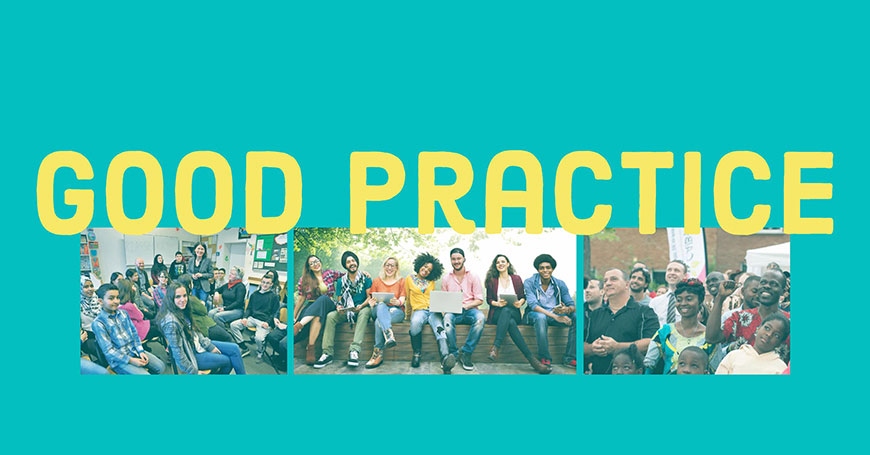Intercultural cities: good practice examples

The first step is the adoption (and implementation) of strategies that facilitate positive intercultural encounters and exchanges, and promote equal and active participation of residents and communities in the development of the city, thus responding to the needs of a diverse population. The Intercultural integration policy model is based on extensive research evidence, on a range of international legal instruments, and on the collective input of the cities member of the Intercultural Cities programme that share their good practice examples on how to better manage diversity, address possible conflicts, and benefit from the diversity advantage.
This section offers examples of intercultural approaches that facilitate the development and implementation of intercultural strategies.
Bradford’s People Library
Purpose: To show there is always more to a human ‘book’ than just its cover. Stimulus/Rationale: Process: Bradford’s People Library is an ever-growing and fascinating collection of human ‘books’,...
"Identity Map: the Language of Dissent"
Purpose: An artistic performance to minimise racial, gender or sexual discrimination and to promote tolerance and inclusiveness in the city community Process: Discrimination on the grounds of...
Weeks of culture
Purpose: Fostering intercultural exchange and sharing traditions Process: The Council of National Communities of Melitopol usually holds a one or two-day Reporting Event annually as part of the...


